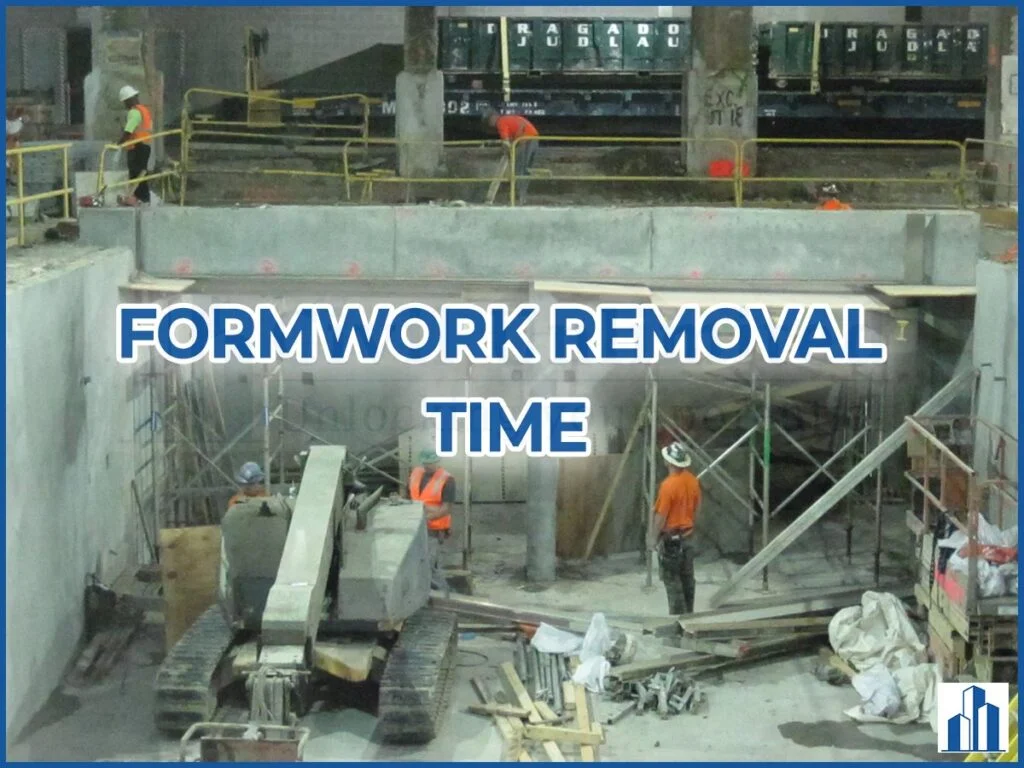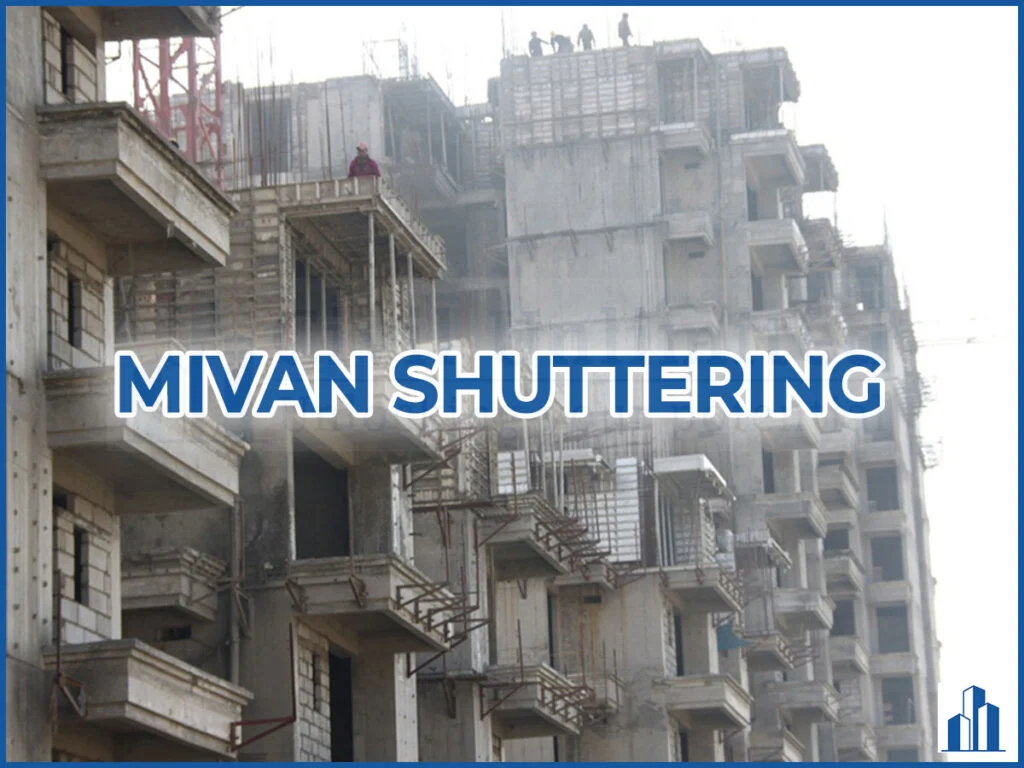Brick wall (or) Brick masonry is a durable method of construction. It involves the process of placing bricks systematically and using mortar to bind them together. This results in a solid mass structure capable of bearing heavy loads.
Even though it is a strong building unit, it is also not an exception to the occurrence of cracks and defects.
Cracks are almost common in all buildings resulting in an ugly appearance and also providing a feeling of instability to the occupants.
But we have to remember that not all cracks are harmful to the structural integrity of a building. We can treat these cracks appropriately in time with sufficient care and supervision.
In this article, we discuss all the necessary information regarding the investigation and repair of the cracks in the brick wall.
Types of cracks in brick wall
There are different types of brick wall cracks, and they can be classified based on,
a) State of cracks
Cracks can be either in an active or dormant state.
Dormant cracks – These cracks are caused/triggered by some random event happening in the structure that is not expected to occur. For example, Drying shrinkage cracks occur due to the volume reduction of hardened mortar due to the loss of its internal capillary water. These dormant cracks remain constant in width and height over a particular period of time and can be repaired by filling a suitable rigid material.
Active cracks – These cracks do not remain constant in width over a particular period of time. These cracks increase their dimensions with respect to time and are mostly caused due to serious issues like settlement of the foundation, overloading of structure, chemical attacks on mortar, etc.
b) Location of cracks
Depending on their location, wall cracks have been classified as:
Interior wall cracks – These are the types of cracks that form on the interior of the house. They can appear on wall plasterings, ceilings, doors (or) windows corners, etc.
Exterior wall cracks – These cracks are formed on the outside of the building and result in various issues like seepage of rainwater, damping of walls, mold formation, etc.
Foundation cracks – These cracks appear on the foundation wall and cause the most serious problems in the structure. Through these cracks, salts in the ground can seep through the concrete and react with concrete which eventually leads to the deterioration of the concrete.
c) Direction of cracks
Horizontal brick cracks – Horizontal cracks in the wall are commonly caused by unbalanced soil pressure on the foundation walls. It may also be due to load-bearing problems in the structure.
Vertical brick cracks – Vertical cracks are most often met in warmer climates. Walls are affected by temperature and moisture changes. Due to this, the materials suffer shrinkage or expansion. This thermal expansion leads to the formation of vertical cracks.
ZigZag brick cracks – We know that thermal expansion or shrinkage leads to vertical brick wall cracks. However, the cracks do not always follow the vertical path. Sometimes, the crack follows the line of least resistance and follows the path of mortar, ending up in a stepped or zig-zag pattern.
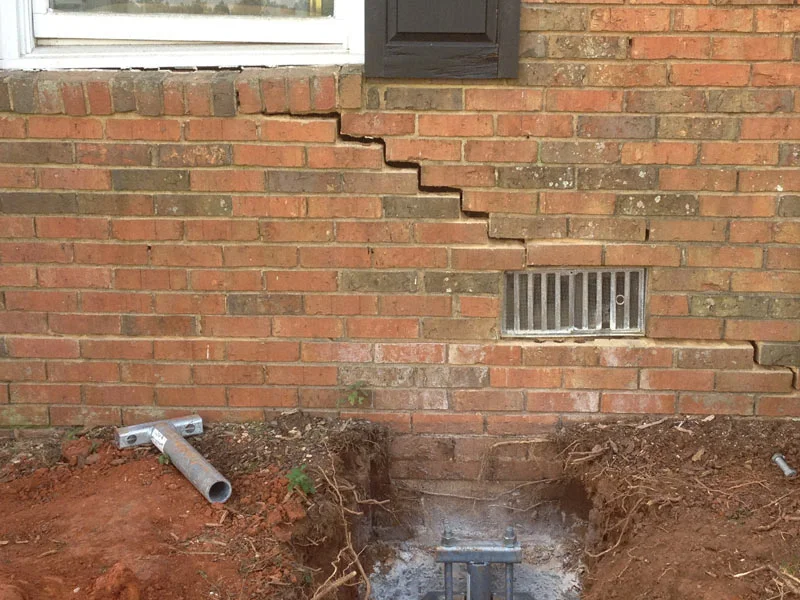
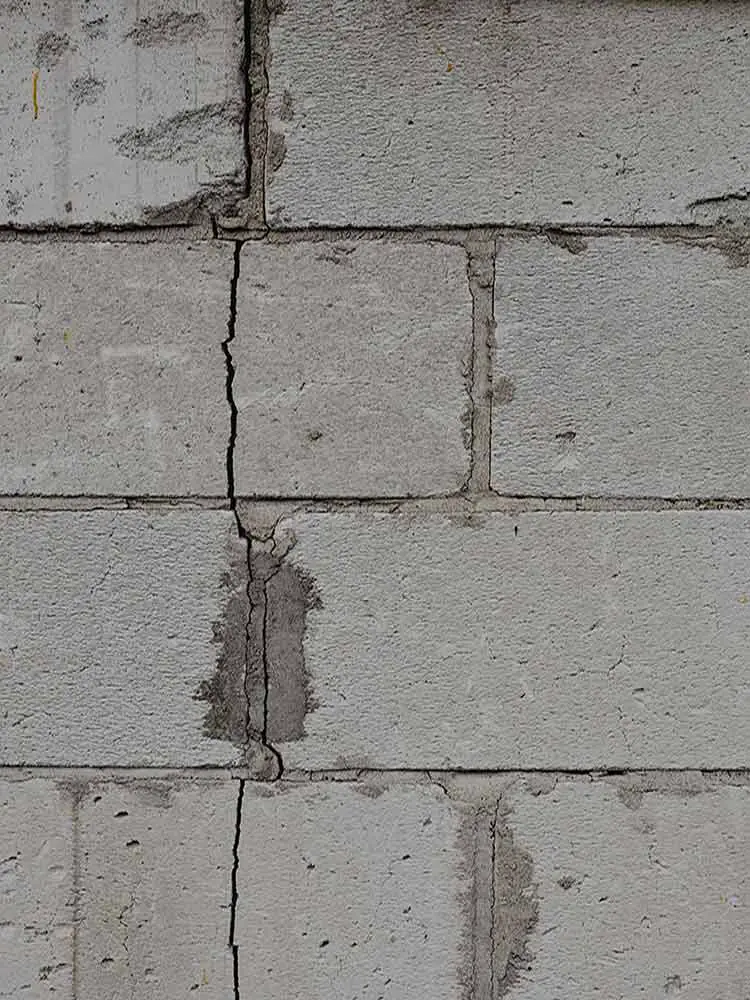
d) Width of cracks
- Thin Crack – Less than 1 mm in width,
- Medium Crack – 1 to 2 mm in width,
- Wide Crack – More than 2 mm in width.
e) Depth of cracks
Structural cracks – These cracks are often deep and affect the structural integrity of the structure. These cracks even make the structure unsafe to live in.
Cosmetic/Non-structural cracks – These are shallow or surface cracks. These cracks are often easy to fix and they do not pose any threat to the structural integrity of the building.
What causes brick wall cracks?
A brick wall may develop cracks due to one (or) combination of the reasons listed below.
1) Soil settlement
To place the foundation of the building, a certain amount of topsoil is excavated until the soil stratum has a sufficient bearing capacity.
With time, the soil on which the foundation has been placed undergoes some small settlement and causes significant downward motion. This process can take months or even years to occur. This natural settling often causes narrow vertical cracks in the brick wall.
Depending on the type of soil that your house is built upon, your house may experience more drastic downward movement, which can damage the house significantly.
2) Reactive soils
Reactive soils are the type of soil that expands drastically when it is in moist conditions and contracts even more when it is in dry conditions.
Clay is the perfect example of the reactive soil.
A bentonite clay can absorb 4-5 times its own weight of water and can swell 5 – 15 times its dry volume.
Mostly during construction itself, many preventive measures like pile foundation, mat foundation, and soil strengthening techniques are adopted to minimize the swelling effect.
So, these types of cracks can cause mostly cosmetic cracks and can be fixed easily. However, if the cracks are active and grow over time, you should take the problem seriously and call a professional to inspect your property.
3) Construction works near your area
If you live in an area near the construction site, then you may experience some wall cracks.
The use of heavy machinery and the excess vibration may cause your walls to crack.
If this happens to you, you need to take immediate action and inform the legal authorities as soon as possible.
4) Poor workmanship & Poor design
Most of the shrinkage cracks arise due to improper construction practices and carelessness during initial construction. So, proper care at early stages can help avoid problems that require high maintenance.
The brick wall may also develop cracks if the structure is not designed to withstand sufficient loads.
5) Trees near the building
Big trees near the wall may also induce cracking in the wall. Trees have invasive root structures which can affect the foundation.
The roots of the trees also suck moisture from the soil beneath the foundation, resulting in the contraction of the soil and eventually leading to the settlement of the foundation.
Hence you should ensure that you do not have anything other than small shrubs or bushes near your walls.

6) Degradation of building materials
Nothing lasts forever and the building materials are no exception to that.
Frequent wetting and drying can cause the building materials to deteriorate and at last, may lose their structural integrity over the years. As an early sign, the walls may begin to develop cracks.
When you feel, the brick wall starts to deteriorate due to its age, it is recommended to consult a professional for further actions.
Other than the above-mentioned reasons, natural disasters like mild earthquakes also cause some serious cracks in the brick walls.
How to repair the cracked brick wall: Step-by-step procedure
The repairing procedure of brick wall cracks may vary depending upon the nature of the cracks.
a) For cracks due to structural defects
If the crack is caused due to any underlying structural defects, then the root cause of the crack must be addressed before repairing visible cracks in the wall.
Even when you repair the cracks neglecting the root cause, within a year again there may be a high possibility of cracking in the brick wall. The longer you wait, the more expensive the problem becomes.
Hence, it is recommended to get an expert to asses the underlying situation. Some of the possible solutions may include,
- Underpinning – Underpinning is the process of strengthening and reinforcing the foundation of an existing building.
- Stitching methods – Stitching methods are used in the case of wide diagonal cracks in a brick wall which occur due to the settlement of the foundation.
- Reconstruction – In some extreme cases, dismantling and rebuilding the entire brick wall may be the best solution in the long run.
b) For cracks due to non-structural reasons
Cosmetic/ Non-structural cracks are relatively easy to repair.
i) For Dormant & Thin cracks
If the cracks are very thin and don’t develop over time. Then these cracks can be easily repaired by just filling them with any sealants like epoxy resins.
These sealants prevent the infiltration of moisture into the brick wall and keep it from any further damage.

ii) For Active & Wide cracks
All the materials in this world choose the way of least resistance to failure. In brick masonry, the weakest point is the junction between mortar and bricks.
So if the mortar has considerably wide cracks and it appears to be growing over a long period of time then it can be repaired with a simple process known as repointing.
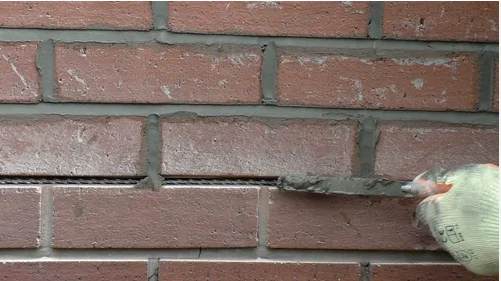
Step 1: Rake out and clean the bed joints
Remove the cracked mortar from the brick wall by using a raking bar or a mortar raking tool.
Be careful not to damage the brick and don’t go deeper than 1.5 – 2cm in the wall. Use a wire brush to make sure all the excess mortars are removed from the joints.
Step 2: Spray the brick wall joints
A dry brick absorbs the moisture from the applied cement mortar and causes the wall to crack again. So it is recommended to wet the bricks before applying mortar.
Step 3: Patch the joints with mortar
Prepare a mortar mix of 1:4 ratio meaning 1 part of cement for 4 parts of sand. Another critical thing to consider while preparing mortar is to match the color of the existing brick wall joints.
Sometimes people don’t consider this part and carry out the work. Eventually, that results in a distinguished ugly appearance of the brick wall.
After the mortar is mixed well and matches your wall color, take a trowel and push the mortar into the joints. Be careful not to leave any empty holes.
Step 4: Finishing works
Finally, smooth and compact all the mortar with the trowel’s flat face and scrape the excess mortar off the brick.
After the setting of cement mortar, proper curing should be done for a minimum of 3-7 days.
Watch the video here for a better understanding.
Credits: Fixmyroof YouTube channel
Hope you understand everything you need to know about the brick wall cracks and the repair techniques. If you have any queries (or) if you find this article helpful, let us know in the comment section.
Read more:
How to calculate the number of bricks, cement, and sand required for constructing a brick wall?
What is the crazing of concrete and how can we avoid it?
How to check the quality of cement at the construction site?

